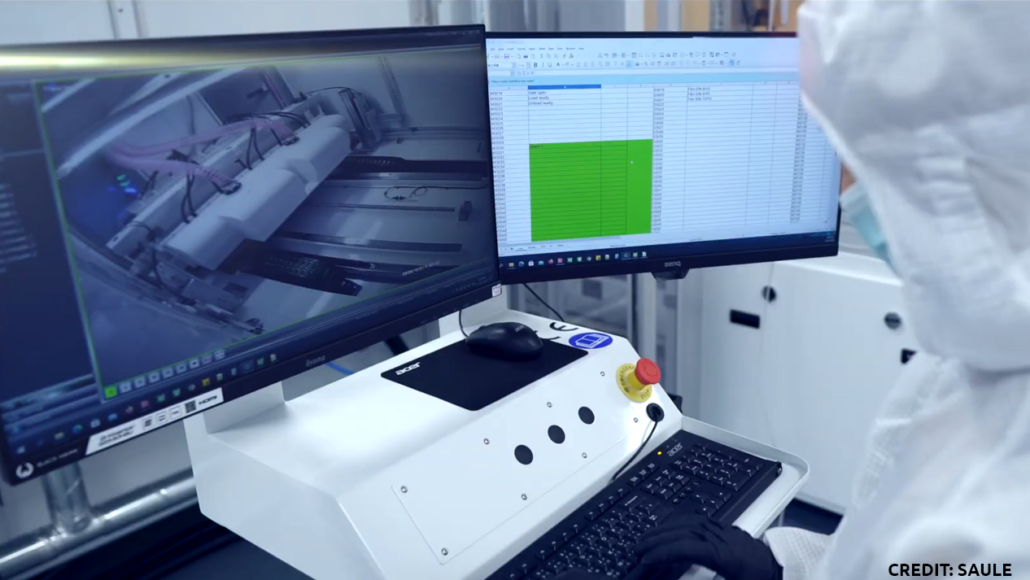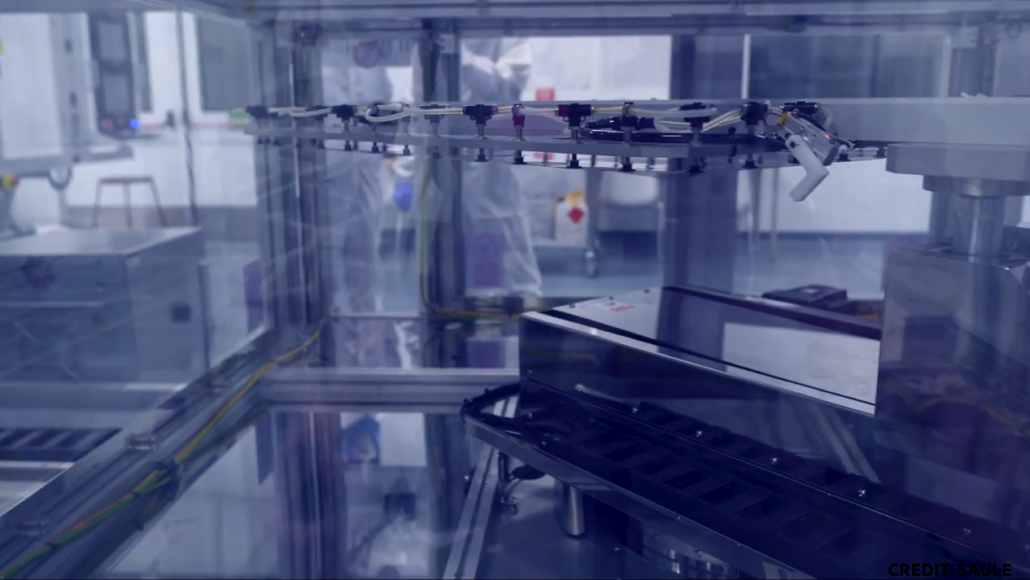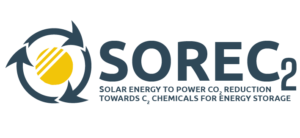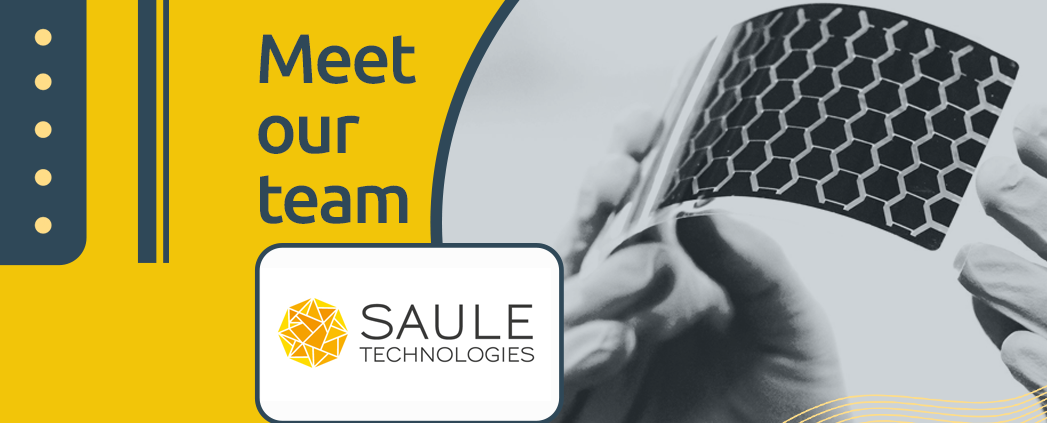Meet our team: SAULE
SAULE Technologies is a Polish high-tech company focused on the development of inkjet-printed, flexible perovskite solar cells. These ultra-thin, adaptable cells hold immense potential for a variety of applications, including their integration in new photoelectrochemical solutions. In this sixth installment of our “Meet our team” series, we speak with Łukasz Haryński, who sheds light on Saule’s contribution to SOREC2 project, the complexities of working with perovskite materials, and how their innovative technology is paving the way for a more sustainable future.
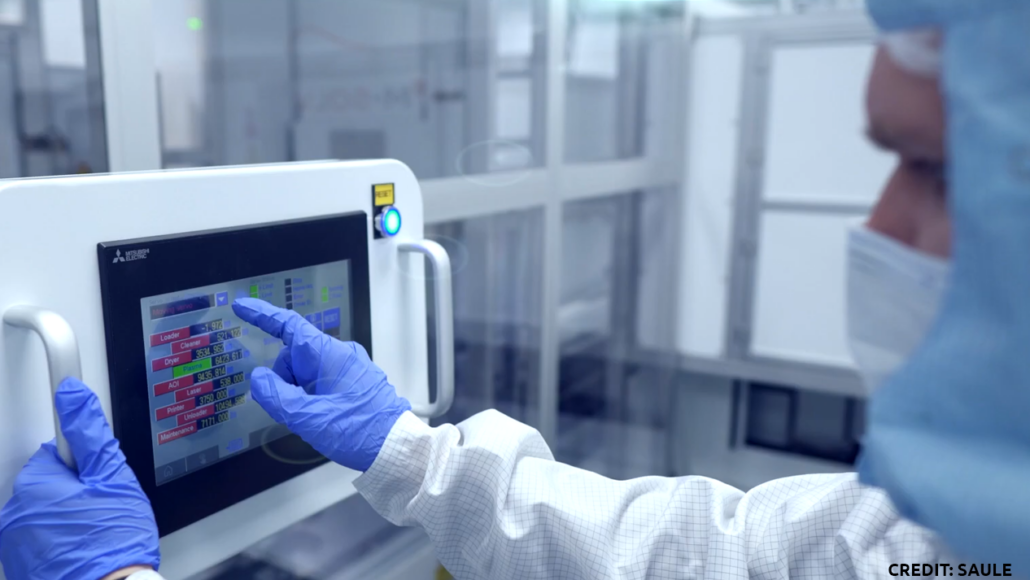
Łukasz , thanks for being here with us. First of all, can you briefly introduce the SAULE?
Saule Technologies is a high-tech company that develops inkjet-printed, ultra-thin, and flexible solar cells based on perovskite materials. The mission of our company is to bring the perovskite materials to the market.
Which is SAULE’s specific role and contribution to the project?
Our role in the project is to provide perovskite solar cells and modules adapted to the photoelectrochemical ensemble. The devices have to meet the required optoelectronic properties to yield CO2 reduction reaction at the cathode in the photoelectrochemical cell. We are also involved in tasks related to IP management and future market potential analysis.
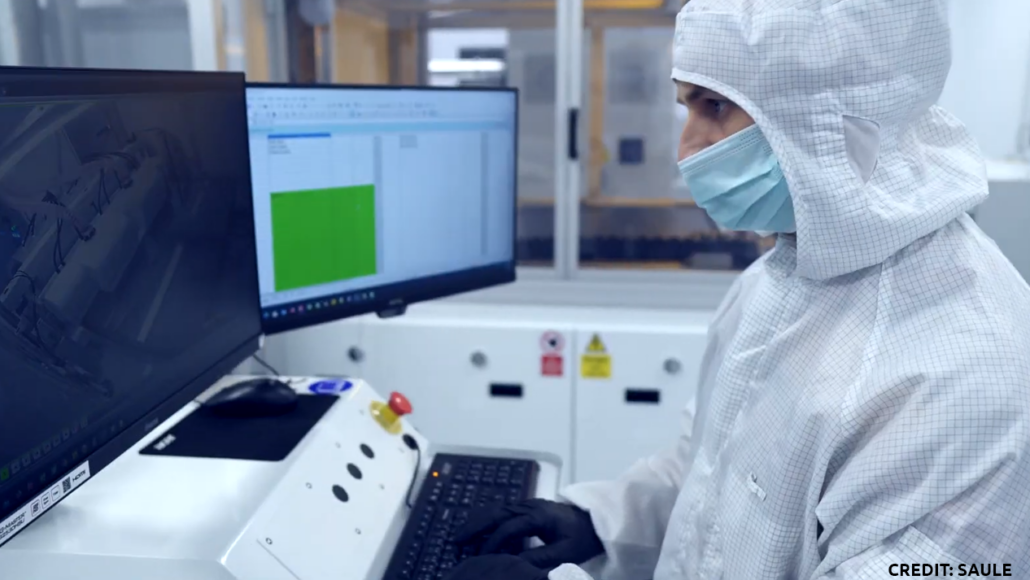
What are the most important challenges SAULE is facing in this project?
In the photoelectrochemical cell ensemble, perovskite cell is placed behind two other absorbing materials: photoanode (BIVO4) and transparent organic photovoltaic cell (T-OPV). Therefore, it will operate in low light conditions. Maintaining high optoelectronic properties in this setup is demanding. Also, perovskite materials are very sensitive to moisture and oxygen and they relatively quickly degrade in contact with them. The encapsulation also poses some challenges, especially in case of small devices where the ratio between the contact and active area is significant.

What are the main achievements so far?
The main achievement so far is definitely successful encapsulation of our solar cells so they can meet the stability requirements for photoelectrochemical ensemble.
What added value and experience can the SAULE team bring to the SOREC2 project?
We are experienced in fabrication of photovoltaic modules using scalable methods and materials which is crucial for implementation of further stages of the SOREC2 project in which the photoelectrochemical ensemble will be scaled up.

Why do you think it is important for your research team to take part in this project?
Perovskite materials exhibit a high absorption coefficient, and therefore, can operate under low light conditions. Our product has already been utilized for electronic price tags powered by artificial light. Its utilization as last absorbing material in the SOREC2 photoelectrochemical ensemble is another interesting application and allow to fully exploit the potential of perovskite.
What is the most interesting part of the work you are doing in SOREC2? Why?
The most interesting part of the work in SOREC2 project are tailoring our product for application in the assembly and participating in project meetings bringing together experts from different field of science.





